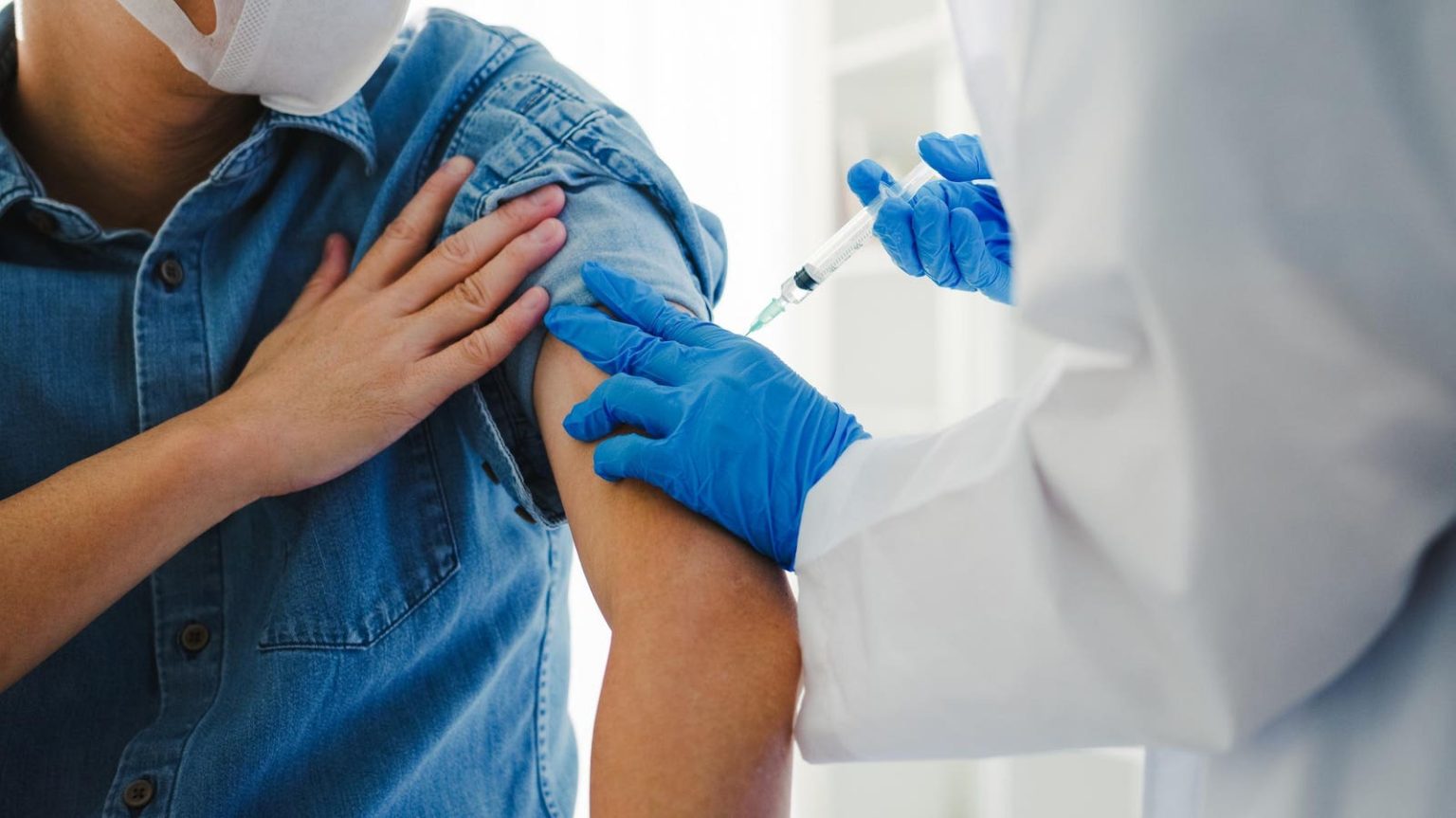Topline
Drug manufacturers have created updated monovalent COVID-19 vaccines to protect against currently circulating variants, and the shots—which have shown to be more effective than the now-available vaccines—are expected to be available as soon as this month.
Key Facts
New COVID-19 vaccines for the 2024-2025 fall and winter respiratory virus season were recommended by the Food and Drug Administration, and the agency advised Americans to take the vaccines when they become available.
COVID-19 cases historically spike during the fall and winter months around the same time as flu and respiratory syncytial virus season, so the updated vaccines are expected to be available ahead of this to help curb an uptick in cases.
The FDA originally recommended the vaccines target the coronavirus’ JN.1 variant, but later changed this recommendation to advise manufacturers to focus on the KP.2 strain of the JN line after reviewing updated case data.
Both Moderna and Pfizer said they were prepared to formulate either vaccine—and will make KP.2 vaccines after the FDA’s updated guidance—while Novavax said its manufacturing for a JN.1 shot is already underway and it won’t have a KP.2-specific shot ready in time for the fall.
Get Forbes Breaking News Text Alerts: We’re launching text message alerts so you’ll always know the biggest stories shaping the day’s headlines. Text “Alerts” to (201) 335-0739 or sign up here.
When Will The Vaccines Be Available?
Each drug manufacturer gave different timelines for when their respective vaccines will be ready during a June meeting with the FDA. Pfizer said its vaccine will be available this fall ahead of flu season. Moderna said its shot will be available as soon as August, while Novavax gave a September 1 deadline.
Who Is Eligible For The Vaccines?
The Centers for Disease Control and Prevention recommends everyone six months and older to get an updated vaccine regardless of if they were previously vaccinated. Both Moderna and Pfizer’s vaccines will be available for people six months and older, while Novavax’s shot will be directed towards those 12 years and older.
Are The Vaccines Free?
No, the vaccines won’t be free like they were in previous years, though their price isn’t known yet. The shots will be covered for people with Medicare, Medicaid and most private insurance plans like they were in the past, according to the CDC. The CDC’s Bridge Access Program offered free COVID-19 vaccines to uninsured adults in the past. It was set to end in December, but the agency announced it would shut down in August due to lack of funding. However, Biden administration officials are looking into acquiring permanent funding so a similar vaccine program will be offered to adults who don’t have insurance, the CDC told USA Today. The Vaccines for Children Program will continue providing free vaccines to children of parents who can’t afford coverage.
How Effective Are The Vaccines?
Though the now-available vaccines—originally created to combat the XBB.1.5 variant—are effective at protecting against the JN lineage, the updated vaccines from all three manufacturers offered greater protection. Moderna’s KP.2 vaccine was up to eight times more effective at protecting mice against JN variants than its XBB.1.5 vaccine. When compared to its now-available XBB vaccine, Pfizer’s KP.3 COVID-19 vaccine offered up to a 7.3-times stronger response to mice infected with KP.3 and several other JN variants, according to trial data. Novavax scientists gave mice an XBB.1.5 vaccine and then administered the JN.1 shot 11 months after. The JN.1 vaccine was up to 48 times more effective at protecting against the JN lineage than the initial XBB.1.5 shot.
Key Background
Both KP.2 and JN.1 are descendants of the omicron COVID-19 variant. KP.2 was the most dominant variant circulating in the U.S. in May, June and most of July. However as of August 3 it’s only the fifth most prominent variant, while three of its descendants are the first, second and fourth most dominant strains, according to CDC data. JN.1 was the leading variant during the spring, but now makes up less than 1% of cases. KP.2 and its offsprings are descendants of JN.1 and only have a few different mutations, so a JN.1-specific vaccine should offer some protection against these variants, according to the European Medicines Agency.
Read the full article here





